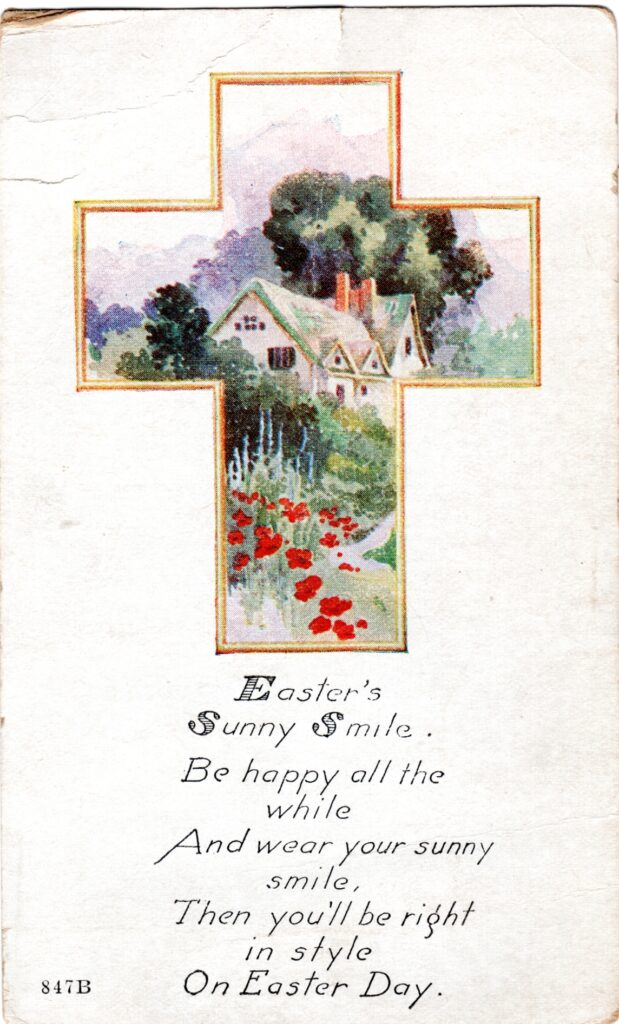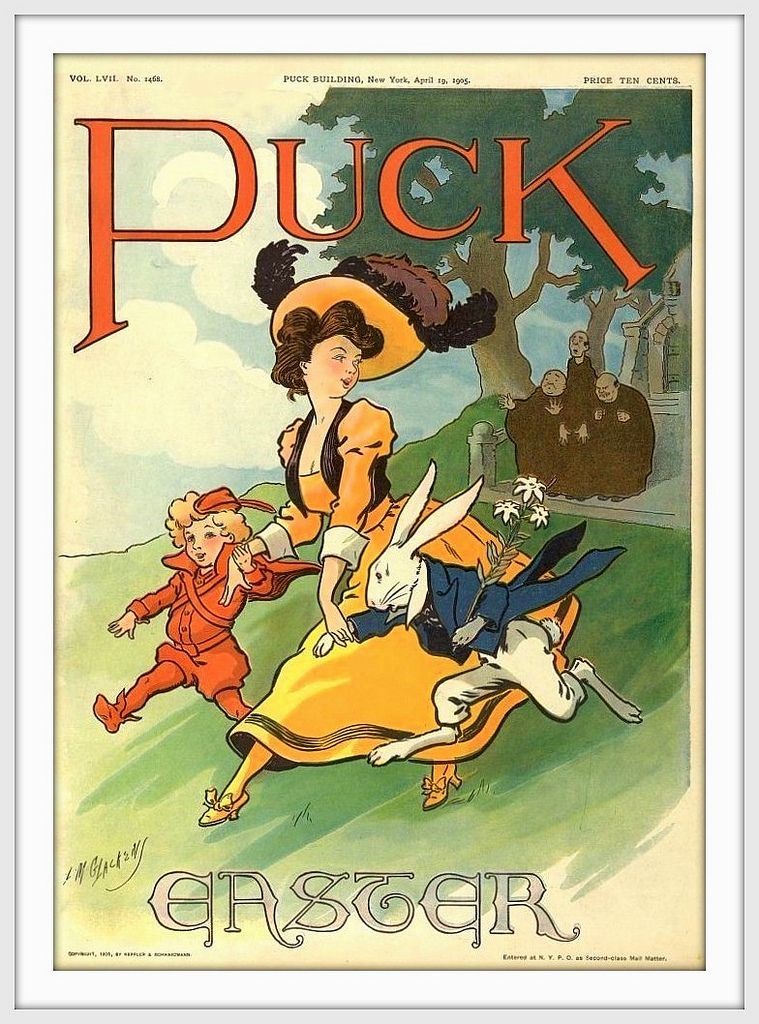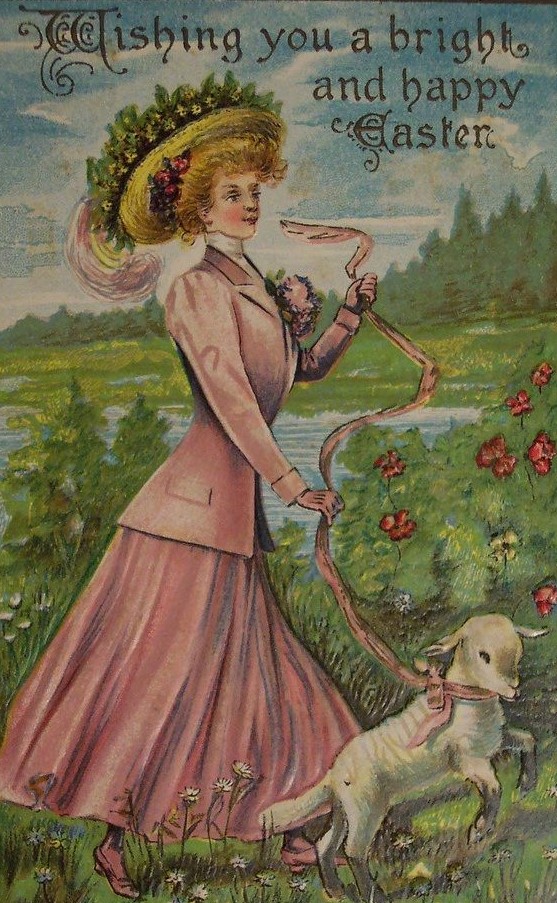I decided to wander through the internet in an attempt to understand current secular Easter traditions. I’ve always wondered how bunnies and eggs became part of that day. Wow, what controversy!

I discovered Eostre (pronounced E-O-ster), the Germanic Goddess of Spring. In theory, her name evolved into the Christian festival of Easter even though Easter predates the goddess by at least several centuries. There are commonalities. Eostre’s festival coincides with the first day of Spring and is based on lunar cycles as is Easter. She’s also connected with renewal and fertility. Eggs and rabbits are sacred to her along with the full moon. In theory, the ancients saw the image of a rabbit or hare as they gazed at the markings on the lunar orb.
Folklore asserts Eostre found a bird that was dying of cold. To save its life, she transformed it into a rabbit whose fur would provide warmth. The rabbit continued to lay eggs as if it was still a bird. His eggs were decorated and gifted to the goddess as a symbol of undying love and loyalty. I found the slick explanation intriguing. Unfortunately, there’s a lot of debate over the charming story.
The first mention of Eostre comes from Saint Bede in the 8th Century. A great many minds devoted endless hours of research in the 19th century to determine if Bede simply made the story up. Further, the tale of the bird and the rabbit was merely speculation. No historical reference to the story exists.
Nonetheless, Eostre’s chronicle, fake or not, has had an incredible influence on modern-day customs. The holiday owes its association with rabbits, chicks and Easter eggs to her, or perhaps more accurately, to her scholars.

In the late 1880s, both Germans and Pennsylvania Germans were known to make toy rabbits of cotton-stuffed flannel and used them for gifts on Easter morning. Children were told the Easter Hare laid the eggs. The bird story, described as one of the oldest in mythology, was actually less than 20 years old! These fun customs quickly spread.
Similar to the Christmas tradition of good little boys and girls receiving gifts in stockings, only good children received decorated eggs in nests made in their caps and bonnets before the holiday.
Chocolate is another Easter tradition begun in the 19th century. Chocolate eggs became hugely popular in France and Germany. The trend soon appeared in the United States. Children were encouraged to make baskets or nests to receive the Easter Bunny’s delivery.

It’s odd to think customs I’ve practiced since childhood are not that old but I’ve repeatedly found my everyday assumptions to be false when I take the time to research. I guess it’s another endorsement of my belief: common knowledge—very common, rarely knowledge!
Happy Easter!
